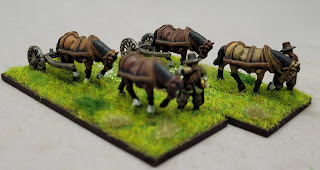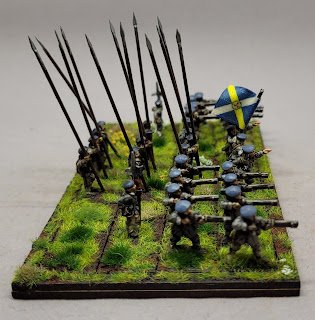Houses of Interest: Fife
The first of rather a lot of Scottish entries to the now rather inappropriately named, ECW travelogue.
Apologies to Scottish readers who steadfastly, and proudly hang on to traditional Scottish shire boundaries, for ease of writing I have gone with the nine Scottish regions established by the Local Government (Scotland) Act 1973. (Yes I know those areas are now defunct, but it made sense at the time when I was planning the entries.)
A brief entry, in comparison to those Scottish regions to come, but important nonetheless.The West Port of St Andrews was built in 1587 as a monumental entrance to the city’s South Street. It was less a defensive structure than it was a symbol of civic pride.
Dunfermline Palace is attached to Dunfermline Abbey by a gatehouse. The Palace and Abbey are both ruins, but they can be visited by buying expensive Historic Environment Scotland tickets (free for English Heritage members - as part of the international reciprocal rights programme). Skinflints may wish to visit on a Sunday when access to the gatehouse and abbey is free, the palace however is closed, but can be viewed from the walkway above.
Charles II visited St Andrews in 1650 and was presented with silver keys before the West port by the provost of St Andrews. A plaque marks the event, located inside one of the gateway's arches.
Battle of Inverkeithing, 20th July 1651, saw an outnumbered New Model Army decimate a Scottish Army.
After Dunbar, Leslie retreated northwestwards towards Stirling, whilst Cromwell consolidated his position in Edinburgh. Late 1650, Parliament ordered the building of boats to enable the NMA to cross the Forth. These boats were ready in June 1651, and they started crossing the Firth of Forth at North Queensferry on the 17th July. Leslie had anticipated the crossing and had established a garrison at Burntisland.
 |
| the memorial cairn |
By the 20th the NMA had assembled a force of about 4000 men on the north bank of the Forth, under the command of John Lambert. The Scots, under the command of Major-General James Holborne, and a large Highland force commanded by Sir Hector Maclean of Duart numbered in excess of 4000.
Details of the battle are uncertain, but it is believed the Scots attacked leaving no reserves. The NMA had kept a reserve and were not only able to counter Scots attacks but eventually overcame the slightly superior numbers routing the Scots and capturing in excess of 1000 men. Scottish losses were considerable, as many as 800; whereas the NMA claimed to have lost only 8 men killed.
Most notably Hector Maclean fell in battle. In the heat of the battle, seven brothers of the clan sacrificed their lives in defence of Sir Hector. Legend has it that as one brother fell, another came up in succession to cover him, crying "Another for Hector."
What's There Now?
The battlefield has been lost under urban sprawl, however there is a memorial cairn to Sir Hector located on Castle Brae, almost on the junction with Castle View, and the Busy Bees Nursery.
 |
| Looking down into the birthplace of Charles I |
James VI (before he became James VI/I) stayed at Dunfermline Palace in June 1585 to avoid the plague which raged in Edinburgh. He would gift the palace as a wedding present by the king to his bride Anne of Denmark in 1589. Anne would give birth to her son, Charles here in November 1600.
Falkland Palace was occupied by English soldiers in the 1650s who partially destroyed the palace due to a fire (it is not known if this was accidental, or on purpose).
 |
| Falkland Castle |
Falkland was a Royal Palace, both Charles I, and Charles II stayed here. Records remain of Charles II's visit in July 1650, when announcements were necessary to curb the excessive prices for lodgings and horse rentals in the village.
Cared for by National Trust Scotland, the main body of the Palace remains furnished, the ruins of the north range (caused by the fire) stand in juxtaposition to the rest of the Palace.
 |
| Rossend Castle |
Rossend Castle was occupied and refortified by Sir James Melville in 1646. Possibly occupied by Commonwealth soldiers in the 1650s too. The castle is a private residence.
Postcodes for SatNavs
West Port Gate, St Andrews KY16 9FB
West Port Gate, St Andrews KY16 9FB
Memorial cairn to Sir Hector Maclean of Duart, Castle Brae KY11 8PD
Dunfermline Palace & Abbey, St Margaret’s Street, Dunfermline KY12 7PE
Falkland Palace, East Port, Falkland, Cupar KY15 7BY
Rossend Castle, Rossend Castle, Burntisland KY3 0DF
If you enjoyed reading this, or any of the other posts, please consider supporting the blog.
Thanks.
















Comments
Post a Comment